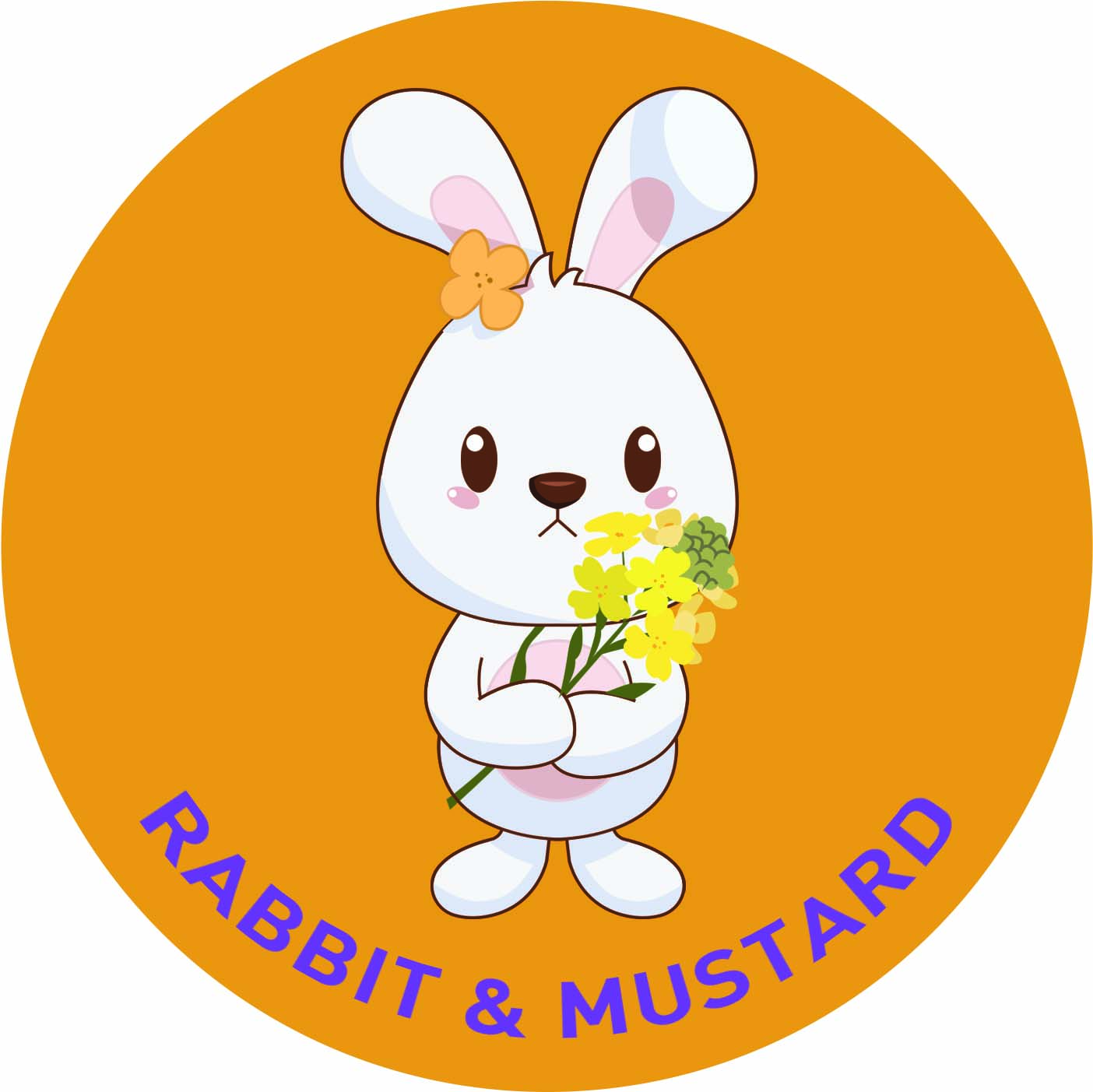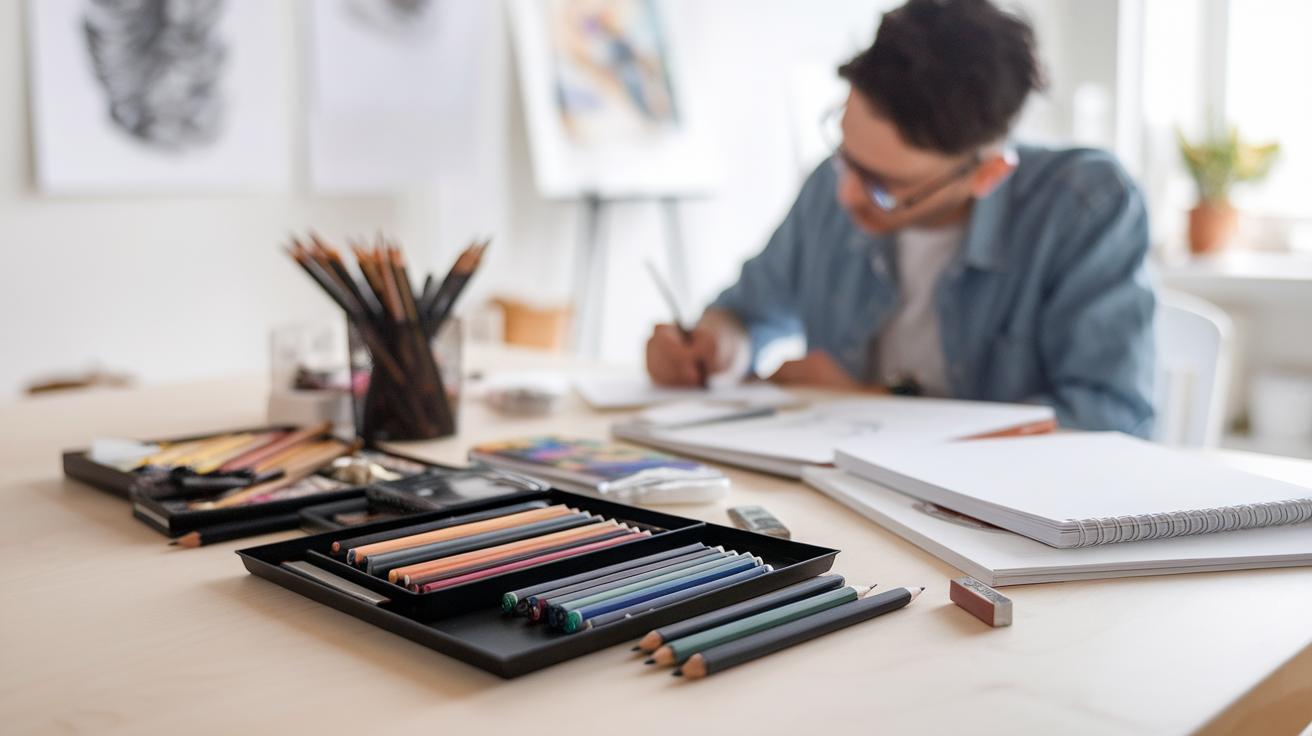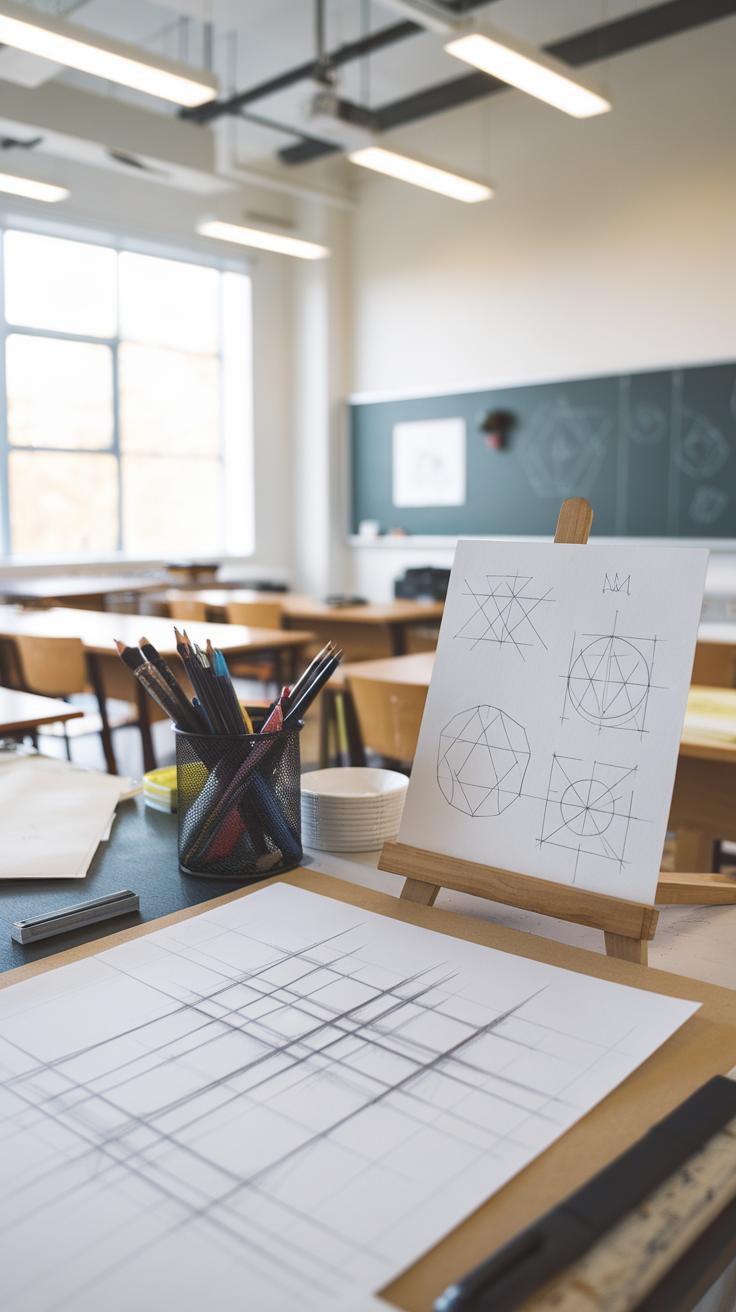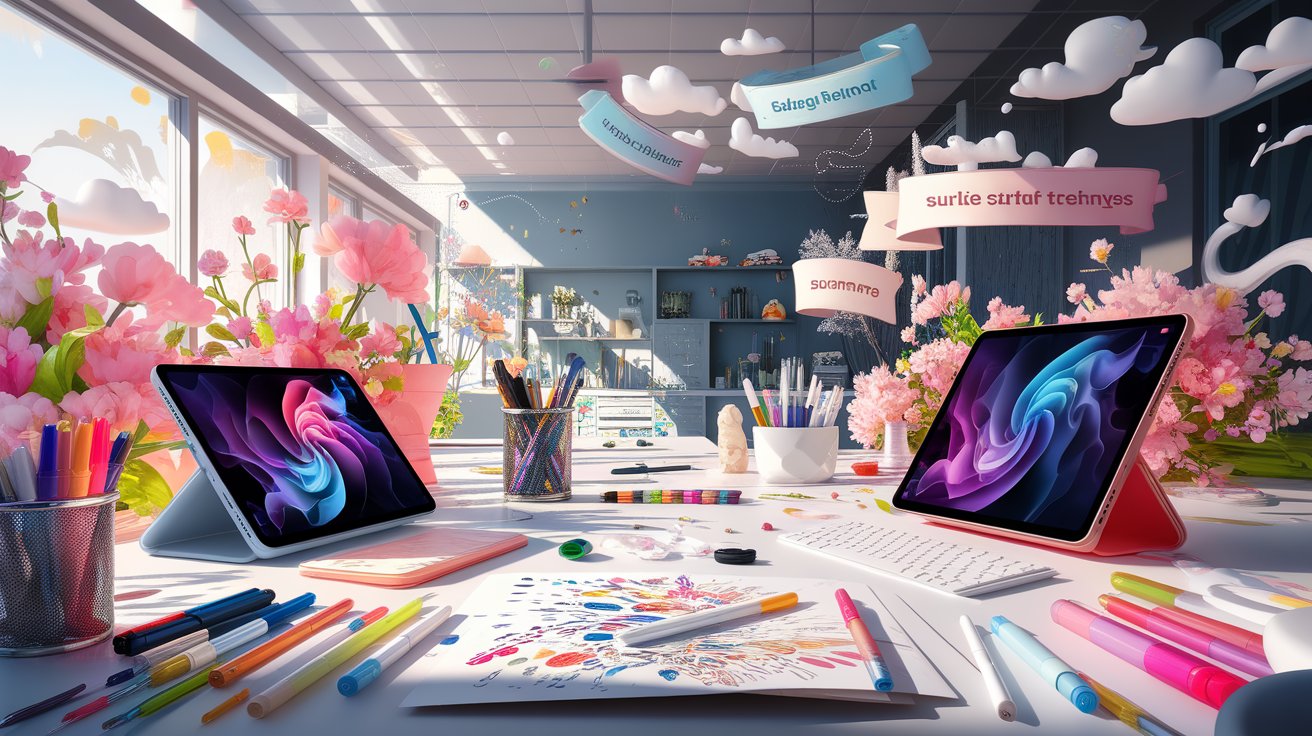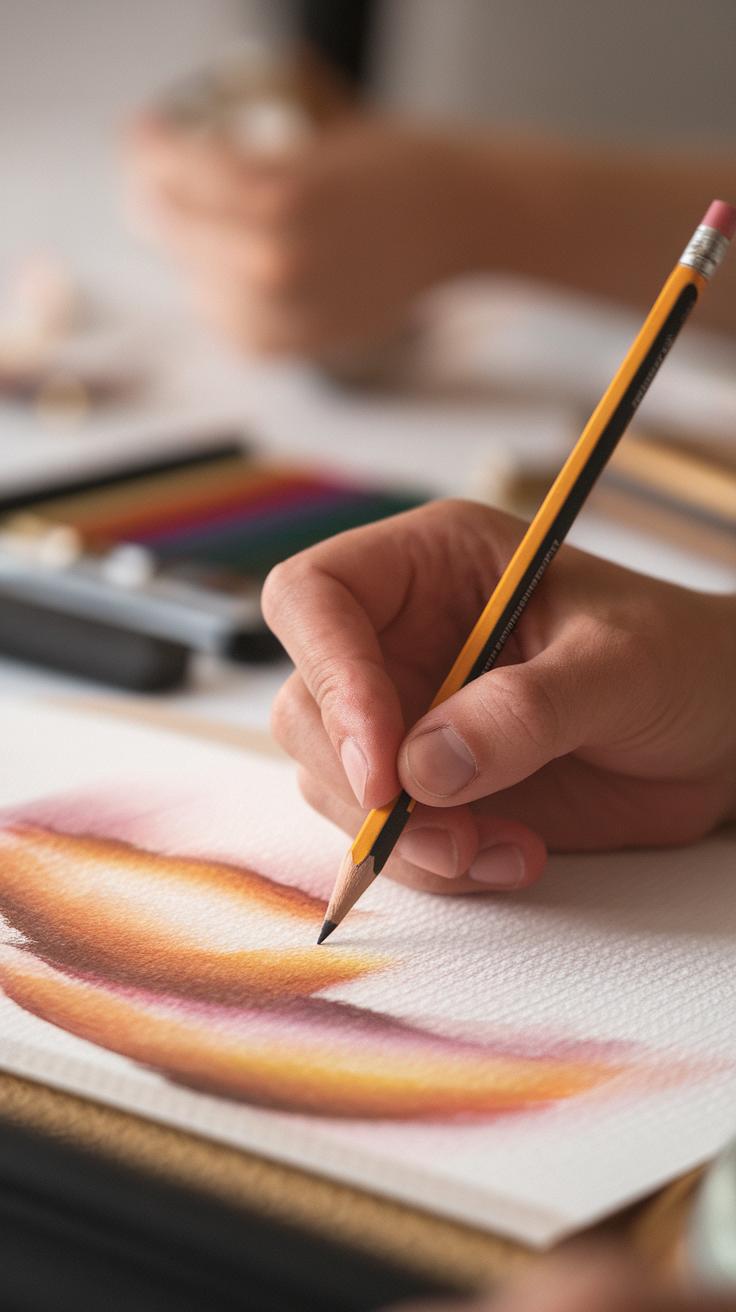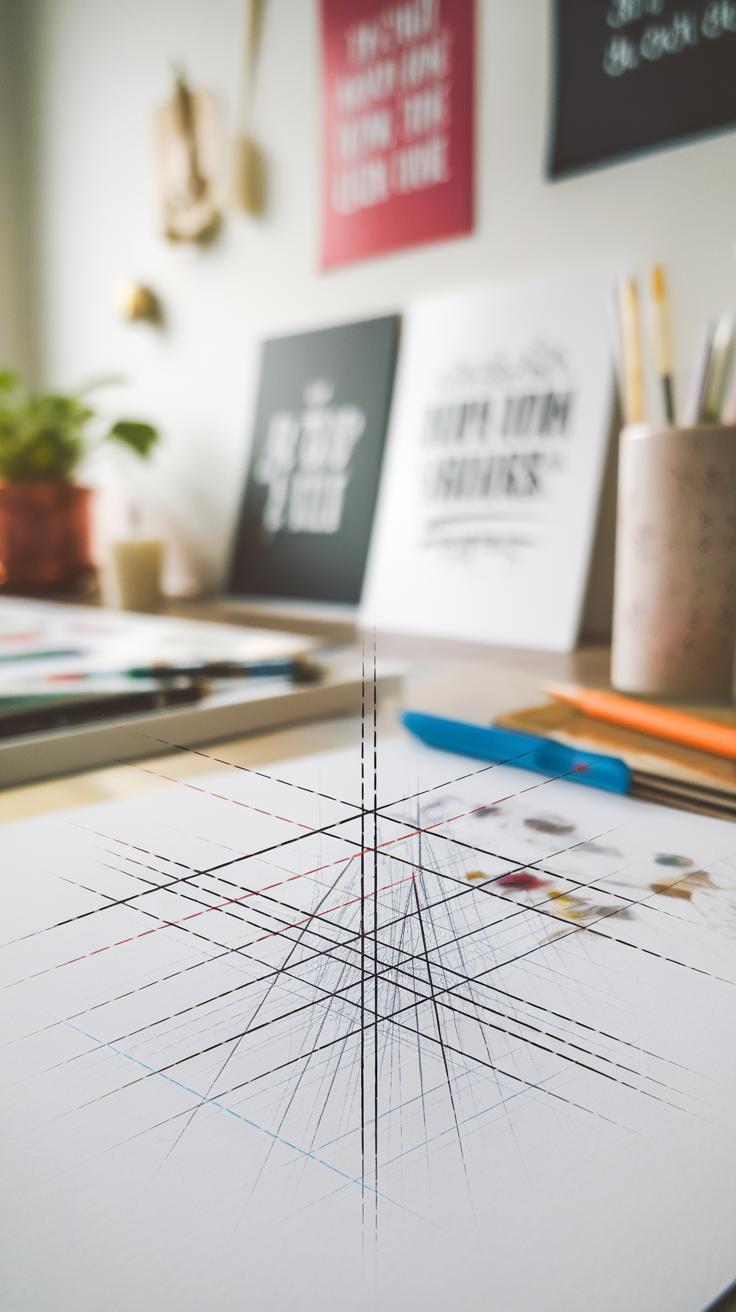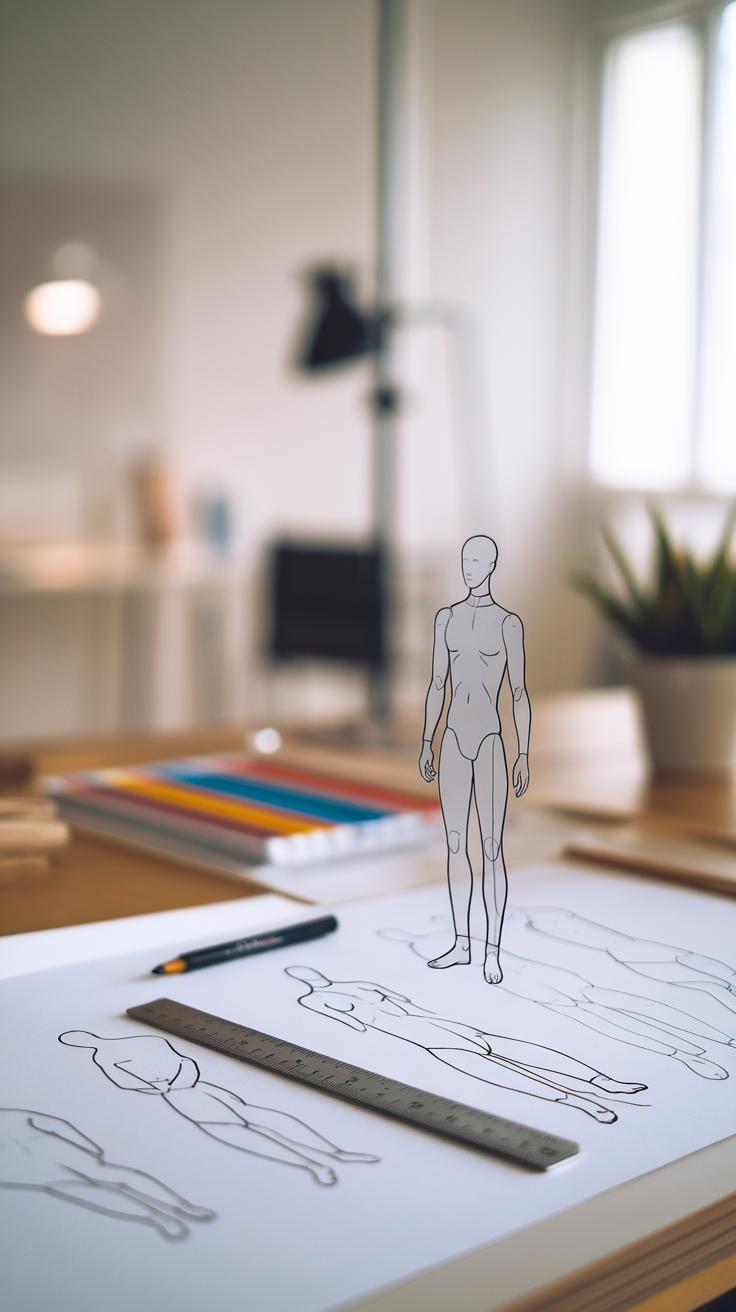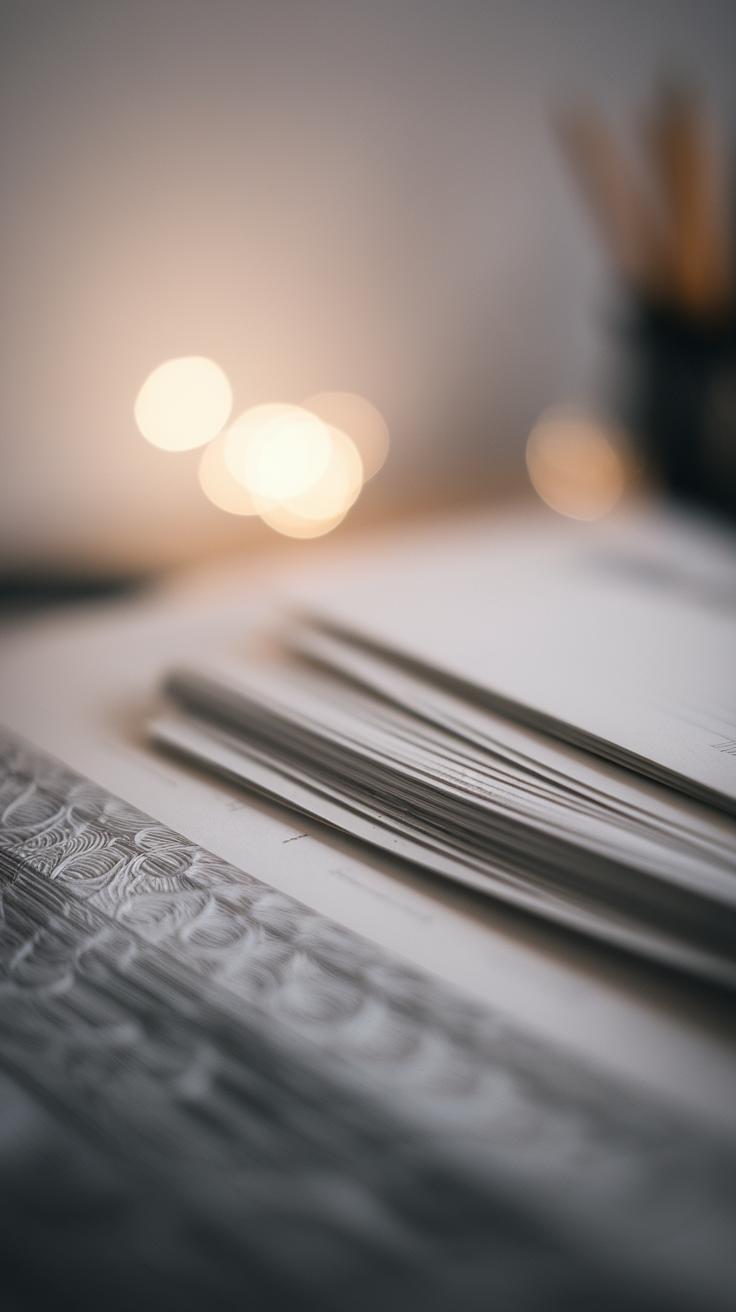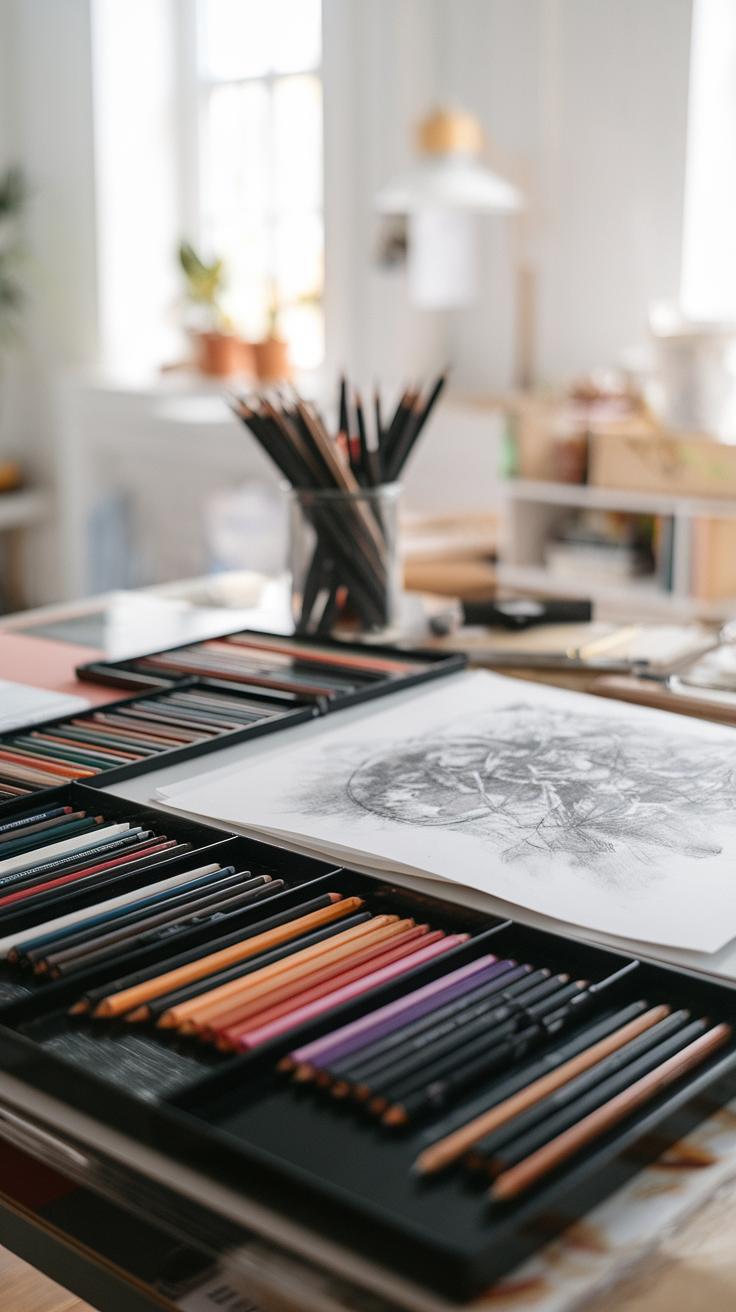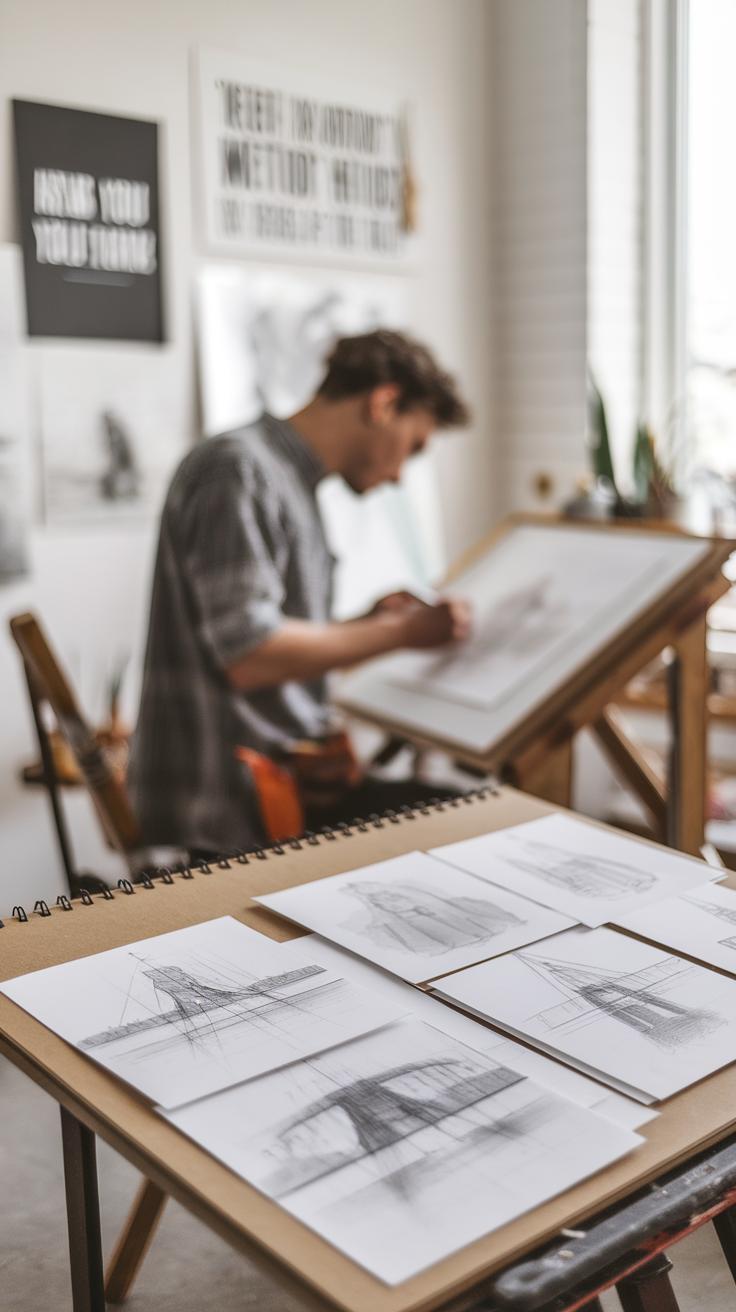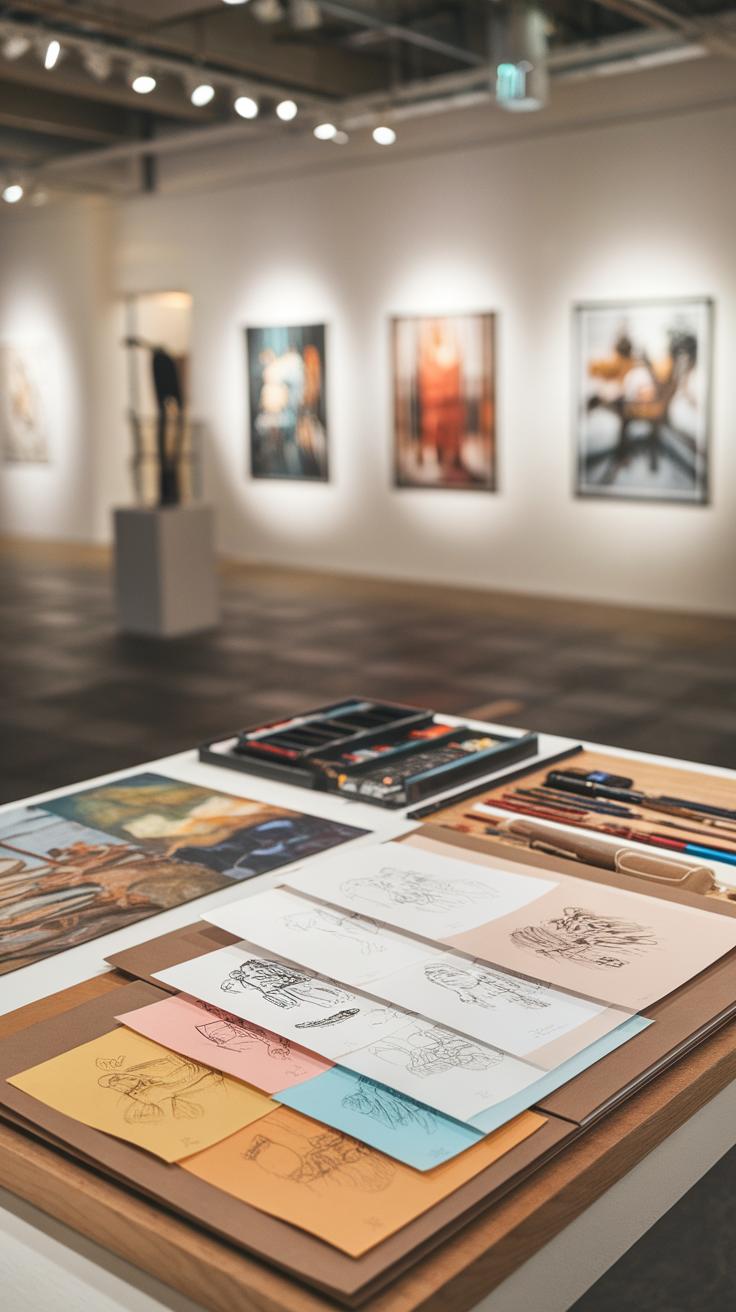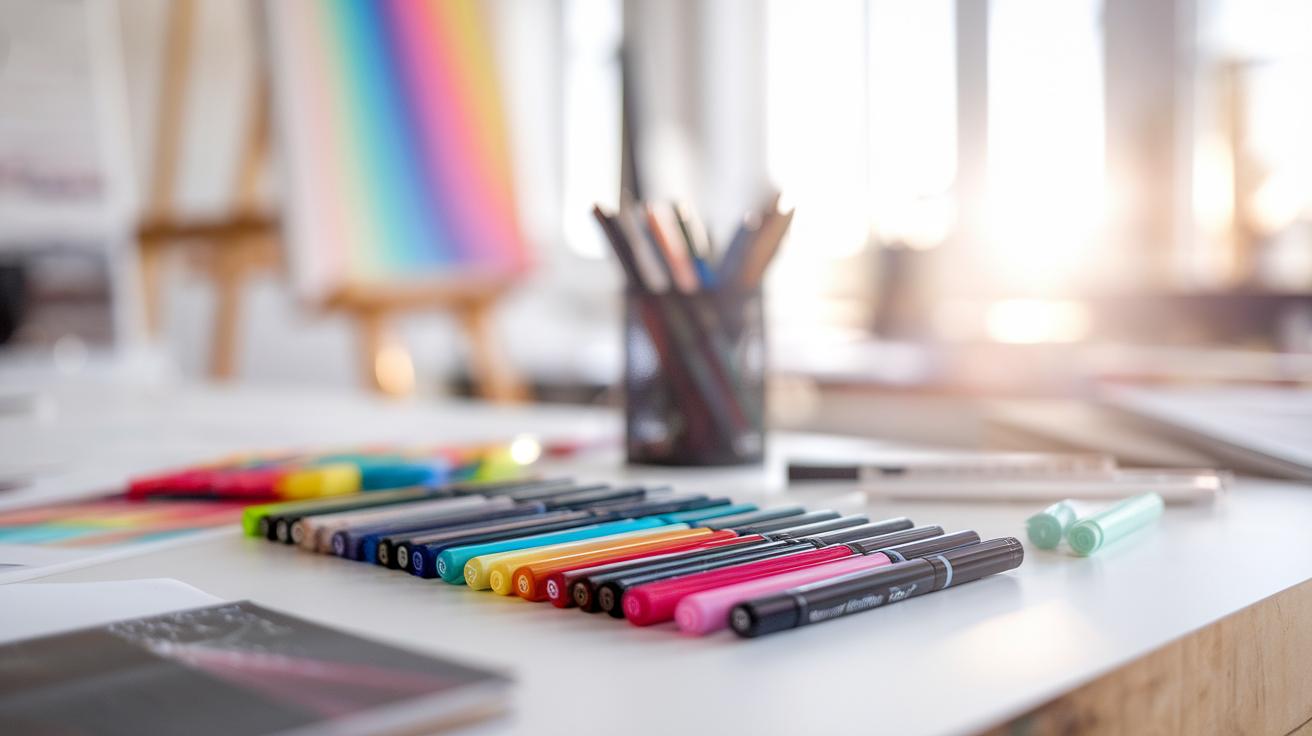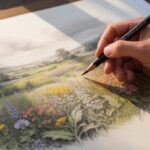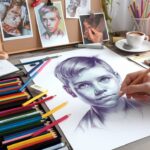Introduction
Learning to draw can seem challenging, especially for beginners. However, with the right guidance, anyone can express their creativity through art. This article explores essential art tutorials for drawing, designed to help novices understand the basics and build their skills confidently. From pencil techniques to shading methods, these tutorials cover everything needed to embark on an artistic journey.
Art tutorials create a bridge between inspiration and creation. They teach techniques that can turn simple sketches into stunning artwork. Understanding drawing fundamentals, such as perspective and composition, empowers artists to convey their ideas effectively. Aspiring artists can begin their exploration by diving into various tutorials that cater to their learning styles, ensuring they develop a strong foundation in art.
Understanding Drawing Basics
Lines and Shapes
Lines and shapes form the building blocks of drawing. Lines can create outlines and define edges, while shapes fill those outlines to form recognizable figures. Artists often draw simple shapes like circles, squares, and triangles to practice before moving on to more complex subjects. Understanding how to manipulate these elements allows artists to construct compositions that convey depth and emotion.
For instance, a curved line can express softness, while a jagged line might suggest tension or chaos. Combining different shapes can lead to amazing creations, from serene landscapes to intricate portraits. By mastering these foundational concepts, artists begin to see how they can enhance their work and bring their ideas to life.
Exploring Pencil Techniques
Pencil Techniques in Drawing
Pencil techniques form the backbone of effective drawing. Mastering these methods allows artists to create depth and emotion in their work. Shading plays a vital role in defining shapes and adding realism. Artists achieve this by varying pencil pressure, which creates lighter or darker areas on the paper. Using a range of pencils, from soft (like 6B) to hard (like 4H), provides even more control over the darkness and texture of each line.
The Role of Blending
Blending complements shading and enhances the overall appearance of a drawing. Artists can use tools like blending stumps, tissues, or even their fingers to soften pencil marks and create smooth transitions between light and dark areas. This technique adds a polished look and can express mood and atmosphere effectively. By combining shading and blending, artists can elevate their drawings, making them not just representations of reality, but reflections of emotion and story.
Mastering Composition
The Role of Composition in Drawing
Effective composition determines how viewers interact with a drawing. Artists use specific principles to balance elements and create focus. The rule of thirds, for instance, encourages placing important subjects along imaginary grid lines. This technique captures attention and adds interest to the piece.
Balancing Elements for Visual Impact
Balance, contrast, and alignment significantly shape a drawing’s visual appeal. Symmetrical compositions convey stability, while asymmetrical setups offer dynamism. Contrast between light and dark can direct the viewer’s gaze. Additionally, aligning elements provides a sense of order. By practicing these principles through basic art tutorials, artists can enhance their skills and produce engaging artworks that resonate with audiences.
Capturing Perspectives
Understanding Perspective Drawing
Perspective drawing represents a method that artists use to create a sense of depth and space in their work. This technique allows you to depict three-dimensional objects on a two-dimensional surface realistically. Artists often implement two-point or three-point perspective to illustrate how objects appear smaller as they move farther away and how lines converge toward a vanishing point.
Why Perspective Matters
Creating realistic scenes depends heavily on mastering perspective. When you understand how to manipulate angles and lines, your drawings take on a lifelike quality that draws viewers in. Good perspective creates an environment that feels believable, enhancing the overall composition. As you improve your skills, consider practicing with everyday objects or landscapes, noticing how perspective shifts the viewer’s experience and understanding of space.
Understanding Proportions
The Importance of Proportions in Drawing
Proportions form the foundation of drawing figures and objects accurately. When artists capture proportions, they ensure that each element relates correctly to one another. For example, the human body follows specific proportions, usually governed by the concept of the “head count.” Understanding that a typical adult’s body is about eight heads tall helps artists create more realistic figures. Getting proportions right allows the artwork to have balance and harmony.
Techniques to Master Proportions
Begin practicing proportions by using basic shapes. Break down complex figures into rectangles, spheres, and cylinders. This method simplifies your approach and aids in visualizing how parts connect. Artists often use measurements and comparisons, such as sighting or using a pencil to gauge relationships between different elements. Regular practice will strengthen your understanding of proportions, making it easier to draw realistic figures and objects, setting the stage for exploring textures effectively.
Exploring Textures in Drawing
Understanding the Role of Textures
Textures add depth and realism to your drawings. They create a visual experience that helps viewers imagine how objects feel. For instance, the roughness of a tree bark or the smoothness of a glass surface communicates much more than just the shape of those objects. Artists use textures to guide the audience’s eye and create an emotional response. By mastering texture, you can transform a flat image into a lively scene that draws people in.
Techniques for Creating Textures
Begin by observing surfaces around you. Notice how light interacts with different materials. To achieve various textures, use different techniques in your drawings. For rough textures, try cross-hatching with short, sharp strokes. To depict smooth surfaces, blend with a softer touch. Experiment with stippling or using the side of the pencil for softer textures like skin. Remember, practice regularly to develop your skills. As you improve, textures will enhance your drawings, making them more realistic and compelling.
Diving into Color
The Role of Color in Drawing
Color holds immense power in drawing. It can influence emotions, create depth, and highlight important details. Artists often use color to bring their work to life, transforming simple sketches into vibrant masterpieces. Understanding color theory helps artists choose the right colors for their drawings. The color wheel is a useful tool that shows how colors relate to one another. Complementary colors, which sit opposite each other on the wheel, create striking contrasts. Analogous colors, found next to one another, provide harmony. Balancing these colors enhances the visual impact of your artwork.
Incorporating Color Effectively
To incorporate color effectively, start with a limited palette. Fewer colors simplify decision-making and contribute to a cohesive look. Experiment with different color combinations on a separate sheet before applying them to your main drawing. Layer colors gradually, starting with lighter shades and building up to darker tones. This technique allows for better control and creates richer textures. Consider the lighting in your drawing, as light affects how colors appear. Observing how colors interact helps you make thoughtful choices, adding depth and vibrancy to your artwork. Color transforms your drawings, opening doors to new creative possibilities.
Experimenting with Different Mediums
Discover Unique Characteristics of Drawing Mediums
Artists should try different drawing mediums to understand their unique qualities. Charcoal offers rich, dark lines that can create dramatic effects. Its texture allows for both fine details and broad strokes, making it perfect for expressive sketches. Ink, on the other hand, brings precision. Using pens or brushes with ink creates sharp, clean lines. Artists can also experiment with varying ink thickness for added depth. Digital tools expand creative possibilities, providing flexibility in design. Software allows for layering, undoing mistakes, and endless color choices. Each medium presents its challenges and rewards. By experimenting with them, artists can find their favorite tools and styles while enhancing their overall drawing skills. Engaging with various mediums sparks creativity and expands artistic horizons.
The Power of Practice
Commit to Your Craft
Practice serves as the foundation for mastering drawing techniques. Each time you pick up a pencil or brush, you gain valuable experience. Skill does not emerge overnight; it develops through continuous effort. When you draw regularly, your hand learns to move freely and your mind discovers how to visualize forms and lines. No one can achieve mastery without putting in the time. Committing to a daily or weekly drawing routine nurtures growth and improvement. Embrace the challenge and start small by sketching simple shapes or objects around you.
Building Confidence Through Repetition
Repetition builds confidence. The more you practice, the more you bond with your tools and style. Instead of becoming frustrated with mistakes, view them as opportunities to learn. Each failed attempt brings you closer to understanding what works. If you draw the same subject multiple times, you will notice your ability to highlight details and create depth improves. This journey requires patience, but every stroke you make hones your skills. Celebrate your progress, no matter how minor, and remember that each drawing brings you one step closer to becoming the artist you aspire to be.
Bringing It All Together
Combining Techniques for a Final Piece
Throughout this article, you learned various drawing techniques that form the backbone of your artistic skills. Start by revisiting the fundamentals, including line quality, shape creation, shading, and perspective. Each skill interconnects and enhances your ability to create detailed and expressive drawings. For instance, when drawing a still life, use line quality to outline your objects, then apply shading to show light and shadow, bringing depth to your work.
Arrange your elements in a way that captures attention and balances the overall piece. Experiment with different viewpoints, adjusting your perspective to find the most engaging angle. As you practice combining these elements, focus on consistency and cohesion. This approach helps you compose a final piece that expresses your unique style and vision, showcasing the skills you’ve developed throughout your journey.
Conclusions
Art tutorials for drawing serve as powerful tools for anyone eager to enhance their skills. By practicing fundamental techniques and exploring different styles, artists can discover their unique voices. Consistent effort, patience, and experimentation are necessary for skill development, but the journey of learning remains rewarding and fulfilling.
The world of drawing offers endless possibilities for creativity and self-expression. With a solid foundation and the right tutorials, anyone can progress from basic sketches to remarkable pieces of art. Start your drawing journey today and unlock the potential that lies within your artistic aspirations.
